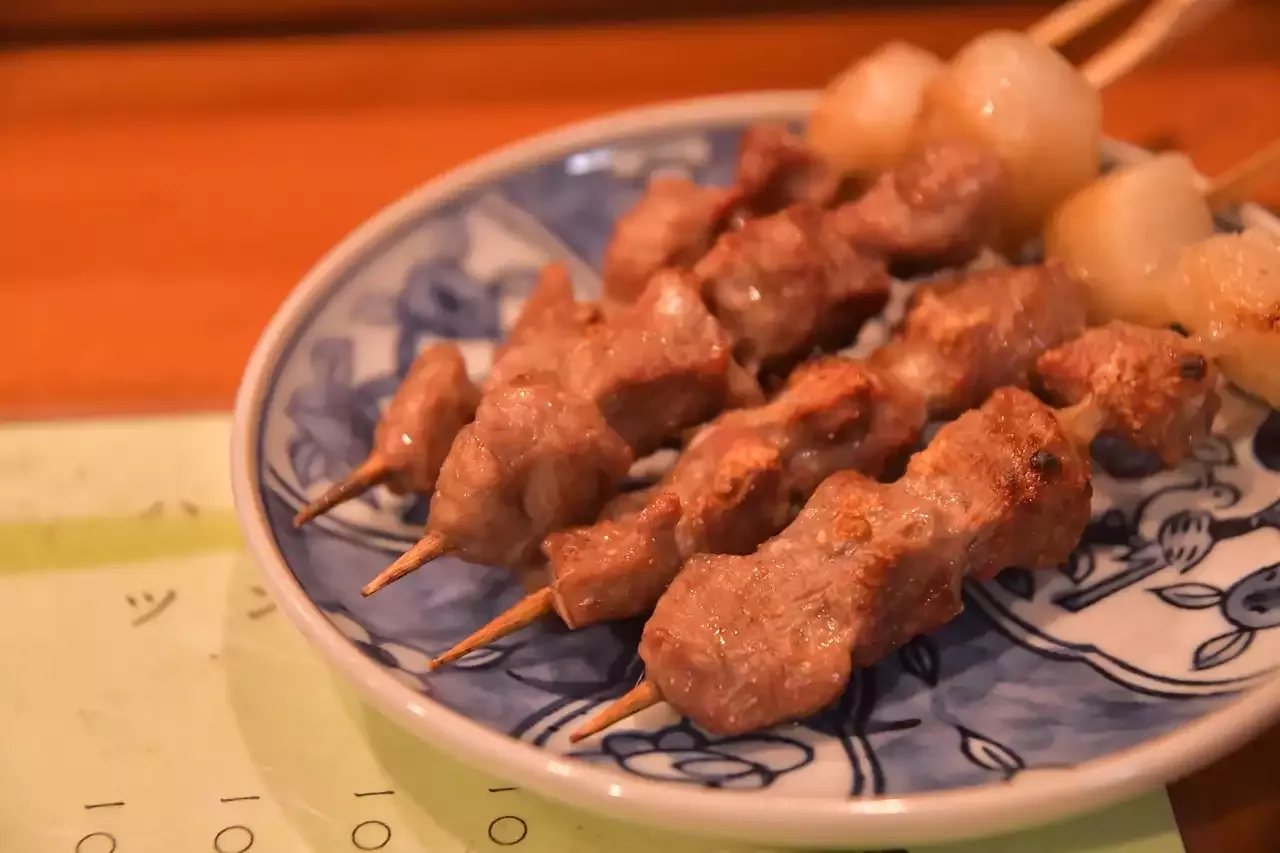History of Yakitori
Before we dive into the cooking process, let's take a brief look at the history of yakitori. The dish has been around for centuries, with some accounts dating back to the Edo period (1603-1868). Originally, yakitori was made by street vendors who would grill chicken skewers over charcoal and sell them to hungry patrons. Eventually, yakitori made its way into izakayas, or Japanese pubs, where it became a beloved bar snack. Today, yakitori can be found all over Japan, from street vendors to high-end restaurants. It's also become popular in other parts of the world, with many restaurants and food trucks offering their own take on the classic dish.
Choosing the Right Chicken
The key to making delicious yakitori is choosing the right cuts of chicken. While you can use any part of the chicken, some cuts work better than others. Thigh meat is the most commonly used cut for yakitori, as it's more flavorful and tender than breast meat. However, if you prefer white meat, chicken breast can also be used. The key is to choose boneless, skinless cuts of chicken that are roughly the same size, so they cook evenly on the skewers.
When it comes to buying chicken for yakitori, it's best to go for high-quality, free-range chicken. Look for chicken that is labeled "jidori," which means it's locally raised and fed a natural diet. If you can't find jidori chicken, look for organic or free-range chicken instead. Avoid using frozen chicken, as it will have a different texture and won't be as flavorful as fresh chicken.
Once you have your chicken, it's time to prepare it for skewering. Cut the chicken into bite-sized pieces, roughly 1 inch by 1 inch. Make sure to remove any excess fat or sinew, as this can make the meat tough. You can also marinate the chicken at this point, which we'll cover in the next section.
Marinating Your Chicken
Marinating your chicken is optional, but it can add a lot of flavor to your yakitori. There are many different marinades you can use, depending on your taste preferences. Some popular options include:
- Soy sauce, sake, and mirin: This is the classic yakitori marinade, and it's a great option if you want to keep things simple. Simply mix together equal parts soy sauce, sake, and mirin, and marinate your chicken for at least 30 minutes (or up to 24 hours).
- Teriyaki sauce: If you prefer a sweeter marinade, teriyaki sauce is a great option. You can use store-bought teriyaki sauce, or make your own by mixing together soy sauce, sake, mirin, sugar, and cornstarch. - Miso marinade: Miso is a fermented soybean paste that adds a savory, umami flavor to your chicken. To make a miso marinade, mix together miso paste, sake, mirin, and sugar.
No matter which marinade you choose, make sure to let your chicken marinate for at least 30 minutes (or up to 24 hours) before skewering and grilling.
Skewering Your Chicken
Once your chicken is cut and marinated (if desired), it's time to skewer it. You can use metal or bamboo skewers for yakitori, but bamboo skewers are more traditional. If using bamboo skewers, make sure to soak them in water for at least 30 minutes before using, to prevent them from burning on the grill.
To skewer your chicken, thread the pieces onto the skewer, leaving a small gap between each piece. Make sure not to overcrowd the skewer, as this can make it difficult for the chicken to cook evenly. If you're using vegetables or other ingredients, you can also skewer them with the chicken. Some popular options include green onions, mushrooms, and cherry tomatoes.
Grilling Your Yakitori
Now it's time for the fun part - grilling your yakitori! The best way to grill yakitori is over charcoal, as this gives it a smoky, charred flavor. However, you can also use a gas grill or broiler if you don't have access to charcoal.
To grill your yakitori, preheat your grill to medium-high heat. Place the skewers on the grill, and cook for 3-4 minutes per side, or until the chicken is cooked through and slightly charred. Brush the skewers with any remaining marinade during the last minute of cooking, to add extra flavor.
Once your yakitori is cooked, remove it from the grill and let it rest for a few minutes before serving. This allows the juices to redistribute, making the chicken even more tender and juicy.
Serving Your Yakitori
Yakitori is typically served with a variety of sauces and seasonings, which can be customized to your taste preferences. Some popular options include:
- Tare sauce: This is a sweet and savory sauce made with soy sauce, sake, mirin, sugar, and other seasonings. It's a classic accompaniment to yakitori, and it's great for dipping your skewers into. - Shichimi togarashi: This is a Japanese spice blend made with seven different spices, including chili pepper, sesame seeds, and dried orange peel. It's a great way to add some heat and flavor to your yakitori.
- Wasabi: If you like things spicy, wasabi is a great option. It's a pungent Japanese condiment made from grated horseradish root, and it pairs perfectly with grilled chicken.
You can also serve your yakitori with a variety of side dishes, such as rice, pickles, and grilled vegetables. And of course, don't forget to pair it with a cold beer or sake!
Conclusion
Making delicious yakitori at home is easier than you might think. By choosing the right chicken, marinating it (if desired), skewering it, and grilling it to perfection, you can create a mouth-watering dish that's sure to impress your friends and family. And with a variety of sauces and seasonings to choose from, you can customize your yakitori to your taste preferences. So the next time you're craving Japanese street food, skip the restaurant and make your own yakitori at home!

